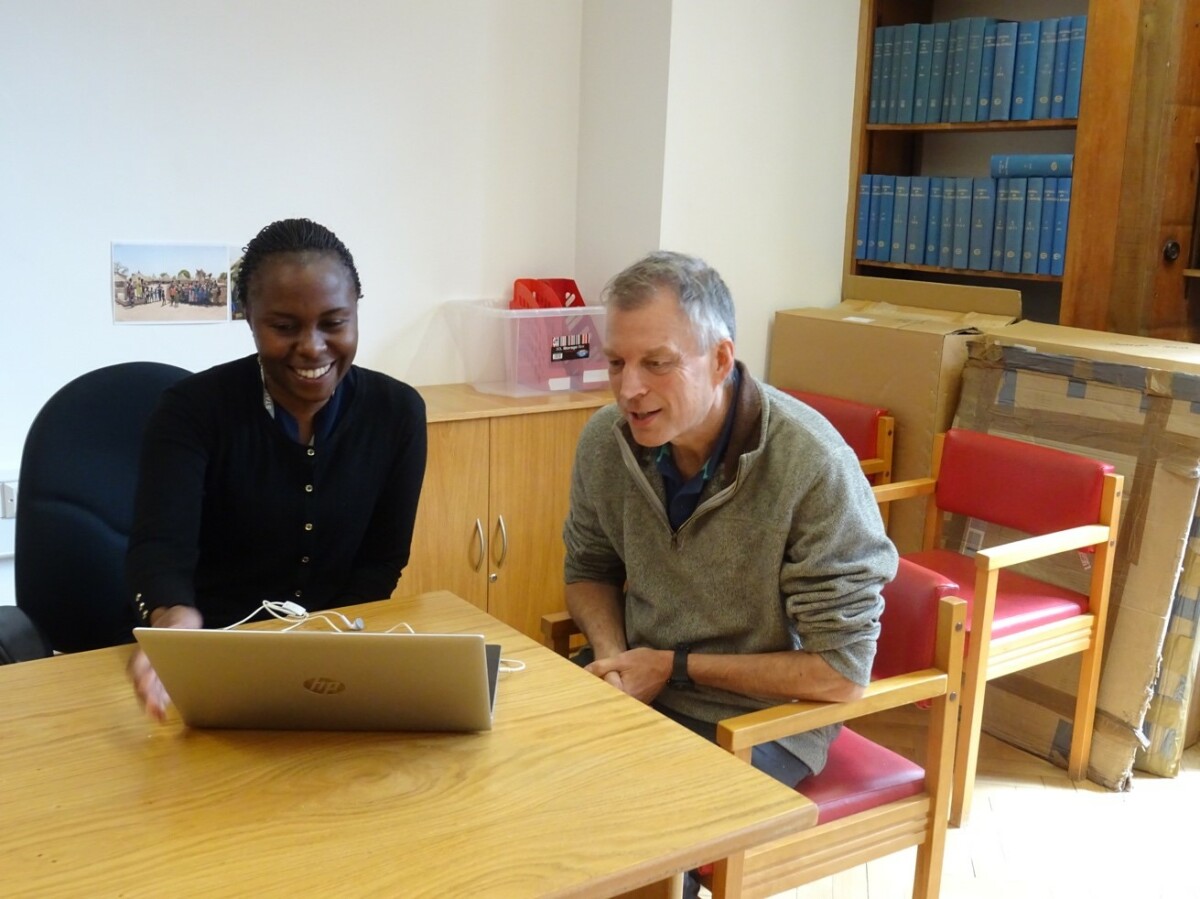Passion pushes me to the laboratory at University of Cambridge

Written by Agnes Nyabigambo, PhD Candidate, Makerere University.
Cervical cancer (CC) is the 2nd most common cancer. An estimated 119,284 new cases occur every year in Sub Saharan Africa. About 70% of CC are caused by high risk Human Papillomavirus (hrHPV). In my home country, Uganda the Pearl of Africa, the incidence of CC is at 54.8 /100,000 one of the highest in the world. Annually, 6,413 cases that are diagnosed and 67% of whom die. Mortality attributed to CC is high as many women present themselves late for care and treatment. Diagnosed and confirmed CC cases are in advanced incurable stages of the diseases mainly due to lack of access to screening and treatment services. Women living in the rural areas are particularly at risk as services are often unavailable health workers miss the symptoms. Further, health seeking behaviours including women’s fear to screen because of the implications of being diagnosed with the disease, embarrassment and lack of access to care to treatment. In the next 5 years, if screening and treatment services are not improved, the incidence of CC will likely to increase from 54.8 to 174.9/100,000. However, if a national prevention and control program is designed, the incidence will drop from 54.8 to 45.0/100,000 in the next 5 years. Currently CC screening is being conducted in sub national or pilot programs.
My motivation is to contribute to saving lives of women in Uganda from morbidity and mortality associated with CC. I am particularly interested in understanding the behaviour of hrHPV how it interferes with the cervical cell division and where it could be shade off from the cervix among women with repeated infections. Therefore, I have hypothesized that hrHPV DNA self-collection using urine is a feasible approach compared to nurse collected samples (visual inspection with acetic acid (VIA), patch approach and oncoE6) among women living with HIV. This will help us understand the molecular diagnostic approaches for disease stratification, which will provide us with insight into the merits and limitations of the current approaches for the diagnosis of cervical disease.
As a Health Services Researcher, I have spent time not only reading and understanding, but supervised and been involved in collecting samples to be sent to lab for analysis while I waited for the results. In order for me to grow and thrive I needed a mentor on the side to observe as I try things and learn and uncover interesting and innovative solutions to challenges. I am grateful to the University of Cambridge through the THRiVE 2 consortium that supported to identify Prof. John Doorbar globally called the “HPV Man”. During my visit at University of Cambridge in Prof. John Doorbar’s lab under the supervision of Dr. Mohamed Aslam Shiraz, I started my research journey of understanding HPV DNA extraction from urine using high tech equipment. I observed the light at hedge but initially all seemed very abstract while in the virus room where we concentrated and lysed the urine. I was able to walk through the DNA extraction using the QIAamp DNA mini kit. I can now run through the pre PCR using the Liferiver HPV typing and digital PCR using the Quant-Studio Real time PCR. I understand the patch approach (cervical cell lifts), protein staining of the patch, interpretation of the McM and P16 staining as well the cervical heat maps.
I believe we are able to fly to greater heights if we work in teams and collaborations. Am thankful to Cam Africa team, my mentor and supervisor who supported me to create links with Cancer Research UK and Kings College London – Guys Hospital. This was more than a worthwhile visit and stay at University of Cambridge. I am returning to Africa to be the “HPV woman of Africa” so as to save women’s life from cervical cancer.

